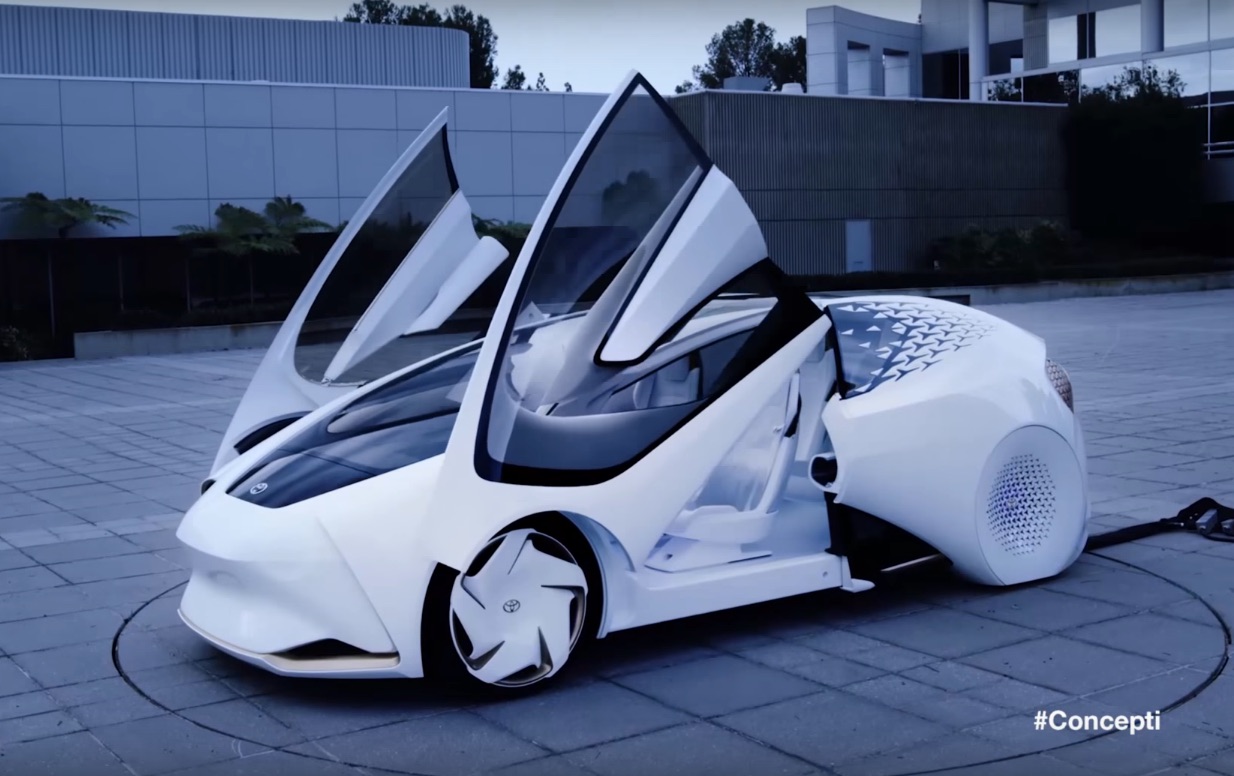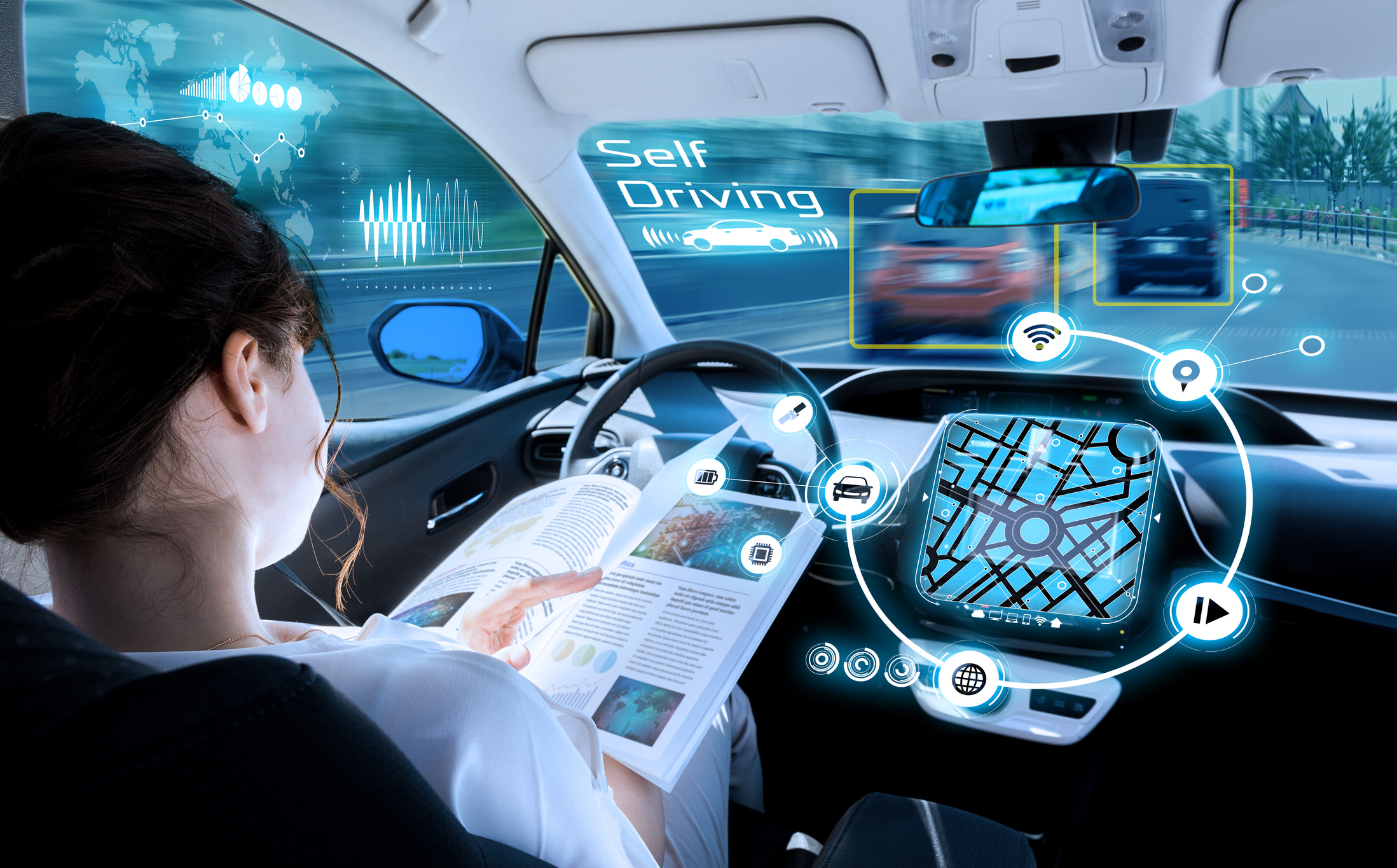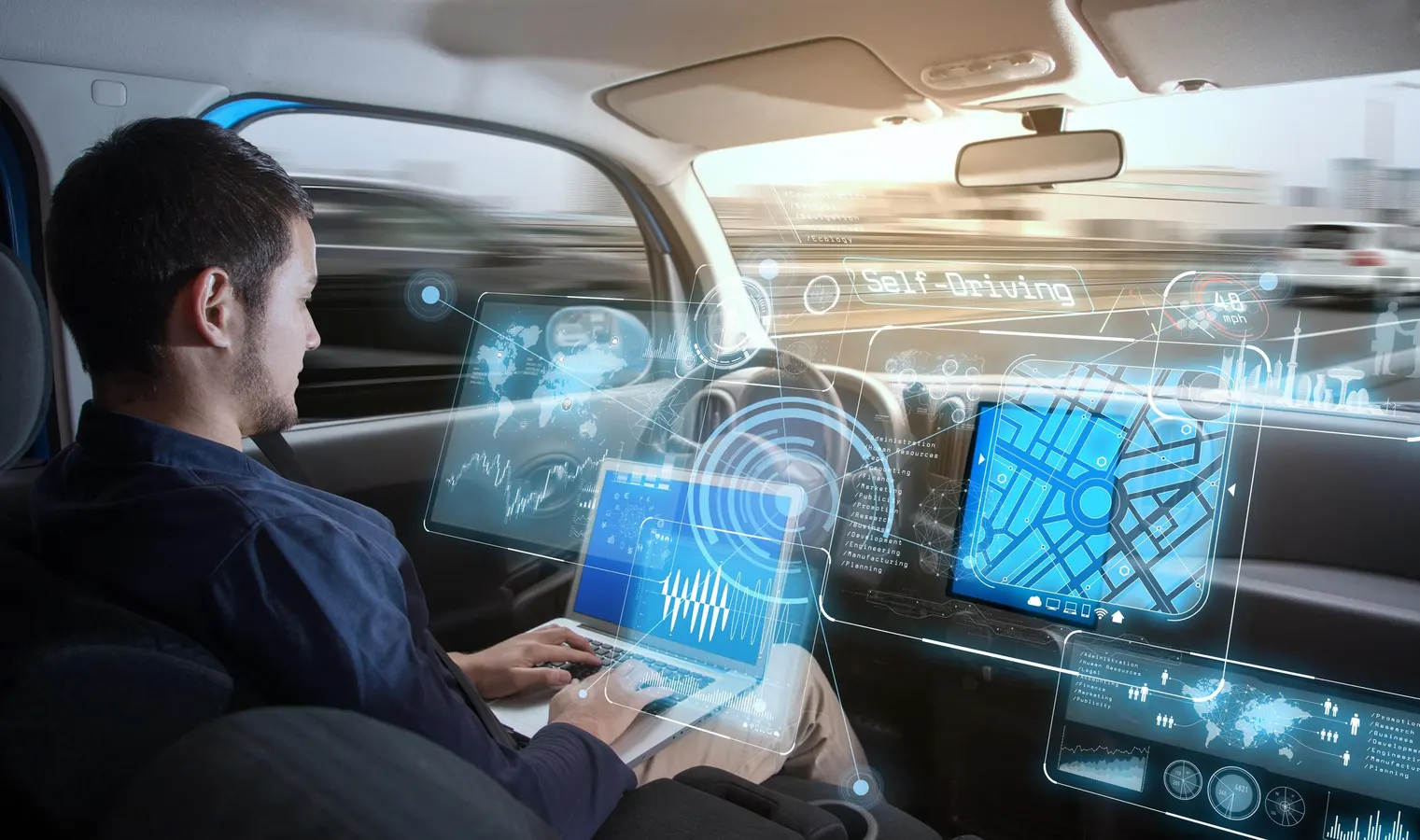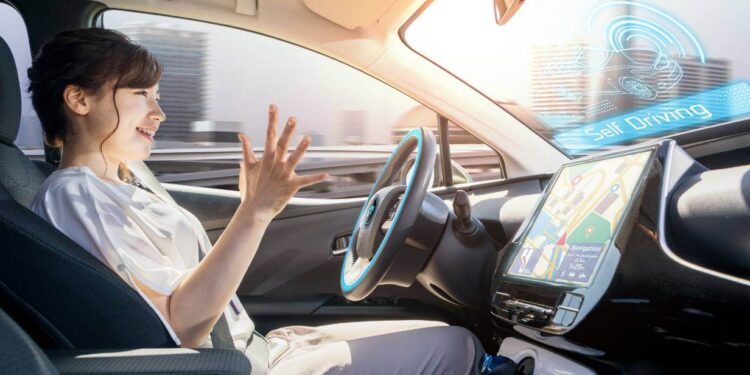In an era where technology and transport intertwine more closely than ever, Honda and IBM have embarked on a groundbreaking venture. This past Wednesday, the two giants inked a memorandum of understanding, setting the stage for a partnership that promises to reshape the landscape of automotive technology. Their collaboration aims to pioneer the development of next-generation computing technologies, which are expected to power the vehicles of the future.

According to a recent report from Nikkei Asia, the integration of artificial intelligence (AI) in automotive applications is anticipated to see a significant uptick by 2030. This initiative isn’t merely about enhancing vehicles with software; it’s about redefining the very foundation upon which cars operate.
The concept of software-defined vehicles (SDVs) is at the forefront of this revolution. Unlike traditional cars where software plays a supplementary role, SDVs are driven primarily by software, offering capabilities that are constantly evolving and improving, much like the updates to a smartphone.
Both Honda and IBM are preparing for a surge in demand for such vehicles, focusing their research on improving chip processing capabilities while reducing power consumption. This shift highlights a transformative approach in automotive design, where software intelligence becomes as critical as mechanical engineering.
Investing in a Software-Driven Future
At a recent press conference, Honda’s President Toshihiro Mibe shared insights into the company’s strategic focus. With a record 1.19 trillion yen ($7.7 billion) allocated to research and development for the fiscal year ending in March—a 23% increase from the previous year—Honda is betting big on electrification and software intelligence. “Development for electrification and software intelligence are now our top priorities,” Mibe stated, emphasizing the importance of SDVs and electric vehicles in Honda’s future strategy.

An inside source at Honda highlighted the significance of their collaboration with IBM, noting that the complexities of modern software technology require partnerships beyond the capabilities of any single manufacturer.
The Road Ahead for Electric Vehicles
The shift towards electric vehicles (EVs) is gaining momentum globally, with projections indicating a 20% increase in sales this year, pushing the total to 17 million units. This surge is largely driven by the expanding markets in China, according to the International Energy Agency (IEA). The IEA also forecasts that by 2035, half of all cars sold globally will be electric, propelled by governmental policies and an expanding charging infrastructure.
The European market is also showing robust growth, with a 4% increase in battery electric vehicle sales in the first quarter of this year compared to 2023. These statistics reflect a broader trend towards sustainability and technological integration within the automotive industry.

However, the road to dominance in the EV market is fraught with challenges. Companies face fierce competition and tight profit margins, as evidenced by Tesla’s recent price cuts and strategic moves in China. Despite these hurdles, the overall outlook for EVs remains optimistic, with innovations and policies driving the industry towards a greener and more technologically advanced future.
Honda and IBM: Shaping Automotive Tech’s Future
The alliance between Honda and IBM marks a significant milestone in the evolution of automotive technology. As vehicles become more software-centric, the collaboration between traditional car manufacturers and tech firms will likely become the industry standard. This partnership not only underscores the shift towards electrification and intelligent software but also sets the stage for a new era where driving is defined by digital innovation.
By staying at the forefront of these developments, Honda and IBM are not just responding to trends but actively shaping the future of transportation. As we look towards 2030 and beyond, the impact of their efforts on our daily commutes and the global economy promises to be profound, steering us into a new age of mobility.










